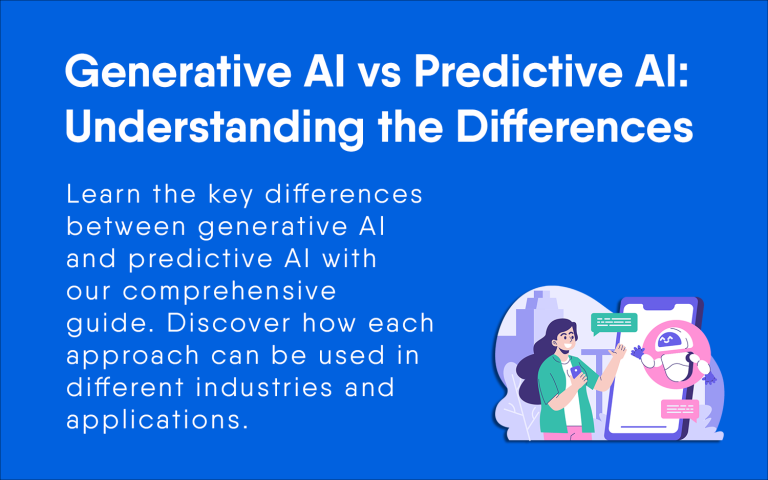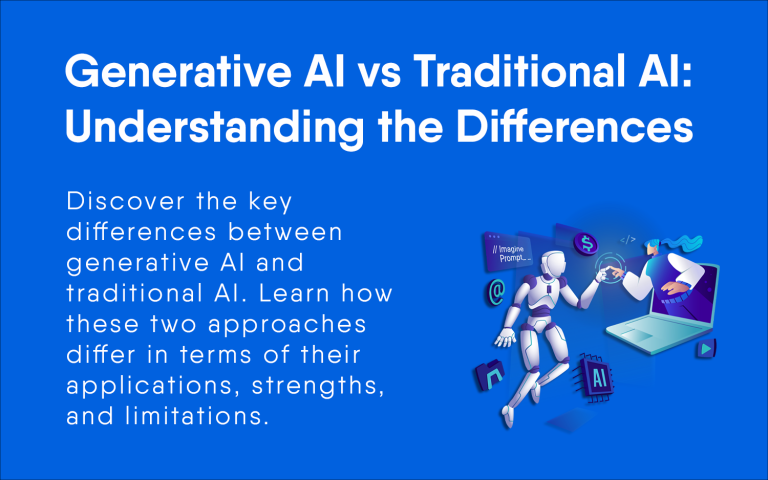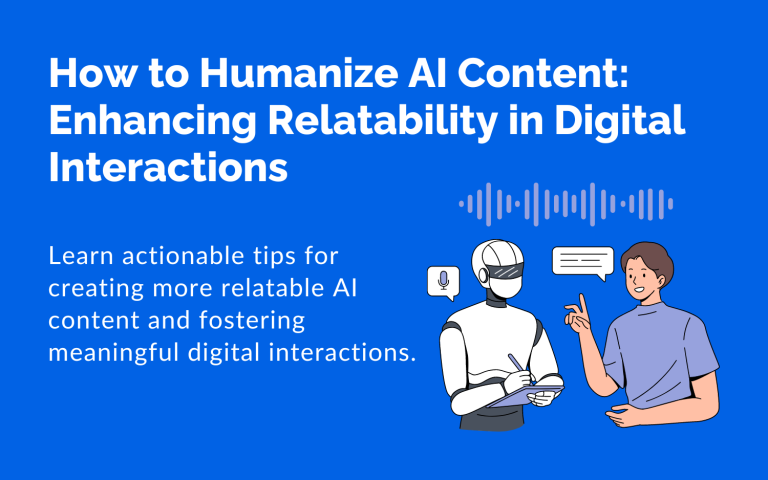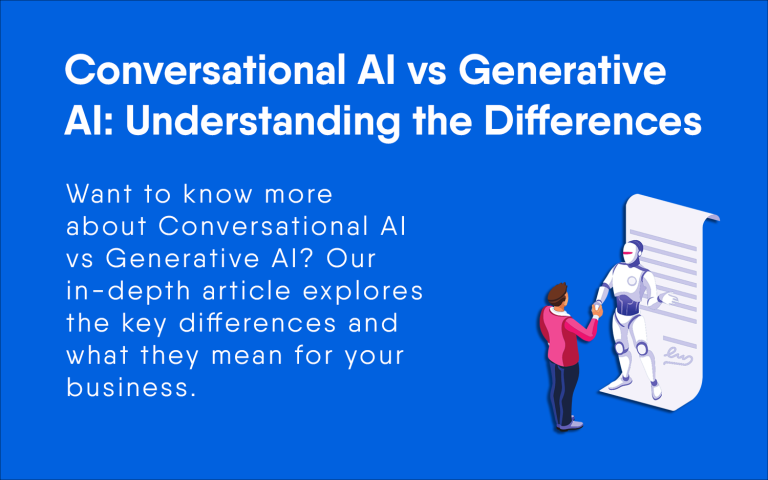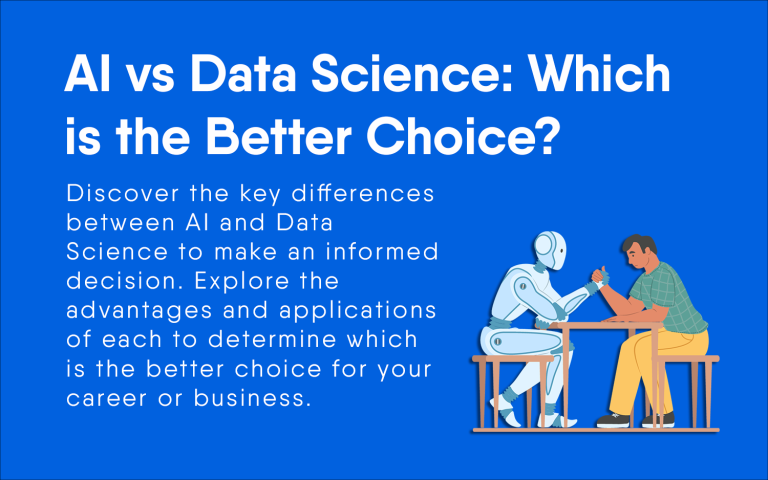How to Use AI for Blogging: Streamlining Content Creation and Engagement
Artificial intelligence (AI) is swiftly changing the landscape of content creation, particularly within the blogging sphere. Contrary to popular misconceptions, AI doesn’t create impersonal or mechanical content; instead, it enables bloggers to produce higher-quality posts with greater frequency when used skillfully. Gone are the days of speculation about the efficacy of AI in blogging. The evidence now lies in successful case studies of blogs that have adopted AI and thrived, reaching impressive revenue figures by capitalizing on every technological advance.
Utilizing AI tools strategically within the blogging process—from generating initial ideas to the final edits—has proven to be a game-changer. It’s not just about writing more content; it’s about creating content with precision tailored to search engine optimization (SEO) strategies and the intent of your audience. However, understanding the balance between human creativity and AI’s capabilities remains fundamental. The symbiotic relationship between a blogger’s insights and AI’s efficiency ultimately transforms a simple blog into a noteworthy online presence.
Key Takeaways
- AI enhances the quality and frequency of blog posts when used effectively.
- A strategic approach to AI in blogging encompasses idea generation and publishing refined content.
- Balancing the blogger’s creative role with AI’s supportive functions is crucial for success.
Crafting AI-Generated Blog Content: Effective Strategies and Tools
Crafting Creative Concepts for Posts
The genesis of any blog post is the generation of an engaging idea. Success in this realm is tied to the ability to conceive an inexhaustible stream of topics that capture readers’ interests. Exploring broad subject areas known as pillar topics can set the stage for a productive brainstorming session. A blogger might focus on areas of deep insight or passionate interest, such as digital marketing strategies or online educational resources.
Once these broad categories are established, using AI tools becomes a lever to pull for overflowing creativity. Prompting AI software with a keyword can lead to a cascade of subtopics and trends to explore. For example, under the umbrella of digital marketing, one could delve into subcategories such as search engine optimization, content marketing, or strategic affiliate partnerships. The critical aspect here is to focus on what will resonate with the blog’s audience, capitalizing on one’s expertise to infuse authenticity into the ideation process.
Uncovering Target Keywords
In blogging, selecting the right keywords is a fine art that balances readers’ search habits with content relevance. Tools like Ahrefs can aid writers in identifying keywords that are not only popular but offer a sweet spot in terms of competition and search volume. Paying heed to search intent behind transactional or informational keywords is critical to shaping the content to match audience expectations.
Not all keywords are created equal, and one must discern whether a keyword is leaning toward a purchase or seeking knowledge. AI assistance can demystify this by providing insights into the nature of keywords and how to align content for optimal search engine visibility.
Structuring Your Content Outline
An organized framework is key to churning out a well-constructed article. Outlining ensures that one’s writing stays on point, with all the important aspects covered and unnecessary filler omitted. One could start with a bare-bones bullet list of main points or go for a more extensive plan that includes subheadings, links, and data.
Enlisting the help of AI tools can streamline the outlining process. Some AI writers like Jasper AI have specialized functions designed to construct detailed content blueprints. Yet, regardless of depth, the outline must maintain a natural progression that guides the readers through the article seamlessly. Allowing some time between drafting the outline and the writing phase can offer fresh perspectives to refine the outline for maximum clarity and impact.
Drafting the Article with AI
Leveraging AI for the initial draft of an article can prove immensely efficient, provided it is harnessed correctly. Rather than fully entrusting content creation to AI, one should see it as a collaborative process. Clear prompts and guidelines can steer the AI to produce a draft that captures the essence of one’s desired message.
Remembering that AI cannot infuse personal anecdotes, expertise, or a distinct voice into the content is imperative. These elements, which set authors apart, should be woven in by the writer to give the final article a unique signature.
Refining Your Draft
With a draft in hand, the next crucial step is editing. Here lies the opportunity to refine, cut out superfluities, and inject personality – transforming the AI-generated draft into a polished and ready-to-share blog post. Editing should be treated as a separate phase, distinct from writing, to ensure focus and efficiency. This stage brings out the finer nuances of the content, ensuring grammar, style, and tone align with the blog’s brand.
Launching Your Content into the World
The countdown ends, and the launch begins – publishing the content is the culmination of hard work and creative energy. Utilizing content management tools like WordPress can make this step a breeze, bridging the gap between content creation and audience engagement. But hitting the publish button is just the start of a cycle that seeks to grow and evolve through audience interaction.
Iterative Feedback for Growth
Post-publication is not the end but a feedback initiation point. Gaining iterative feedback is invaluable, turning every article into a stepping stone towards better content. Whether through comments, shares, or analytic tools, gauging audience response is essential for evolving content strategy. These insights aid in tweaking future articles, honing in on what clicks with readers, and refining one’s digital outreach.
Grasping the Essentials of SEO, Search Queries, and Keyword Significance
Search Engine Optimization (SEO) is critical for improving a website’s visibility and drawing more visitors. By focusing on SEO, one elevates the possibility of their site ranking higher for specific keywords in search engine results.
Effective optimization is not just about getting visitors—it’s about getting the right ones. This involves understanding search queries—the reasons behind user searches. Addressing the user’s underlying needs through content significantly enhances the likelihood of ranking highly on search engines.
Here are different search intents that can shape SEO strategies:
- Informational Intent: When users are seeking knowledge or answers. Content tailored to this might utilize keywords like “guide to starting a blog” or “basics of blogging.”
- Transactional Intent: When users are closer to making a purchase decision, they use specific queries like “top blogging tools for novices” or “reliable hosting for bloggers.”
One can create content that serves users at different stages of their search journey by identifying and using both types of SEO keywords- informational and transactional.
Tools like Ahrefs or Surfer SEO can be used to properly research and select keywords to determine keyword volume and relevance. These resources assist in discovering keywords that users frequently search for.
Here are some SEO practices that align with search intent and keyword relevance:
- Optimize Content: Align blog posts with user intent by providing clear, valuable information or specific product recommendations.
- Employ SEO Tools: Tools like Ahrefs help analyze search trends and suggest keywords that will likely bring targeted traffic.
- Focus on Topic Clusters: By grouping related subjects, one can create a series of posts that cover a broad topic comprehensively.
- Improve Site Rankings: Employ an SEO strategy that includes relevant keywords, ensuring content matches what users are actively searching for.
- Keyword Research: Practice using a keyword tool to identify terms with sufficient search volume pertinent to the site’s focus.
Effective SEO, understanding of search intent, and strategic use of keywords help maintain a robust SEO strategy. The aim is to optimize content to rank well and align with the interests and needs of the site’s target audience, thereby driving useful traffic that can convert into subscribers, customers, or loyal readers.
The Interplay Between Human Insight and AI in Content Strategy
With the rise of artificial intelligence in content marketing, the boundaries of responsibilities between people and technology have never been more in focus. While AI has the capacity for natural language processing and generating content, it lacks the innate humanness to create a brand’s unique voice. Content strategists provide irreplaceable insights when shaping the vision and style that resonates with their audience.
- Humans: Spearheaded strategic planning, fine-tuned brand voice, and infused creativity to engage and grow readership.
- AI: Enhances efficiency through handling repetitive tasks, offering initial drafts, and elevating productivity for content marketers.
- Collaboration: Marries human expertise with AI analytics to create high-quality, consistent content while meeting business goals.
Content creators can expand their blog’s reach by leveraging tools like GPT-3 and 4, even translating content to multiple languages. However, the key is utilizing AI as an assistant for enhancing personalized marketing campaigns rather than as a substitute for the human touch that defines personalization and connection with the audience.
Summing Up the Role of AI in Blogging
In the realm of blogging, artificial intelligence is a pivotal tool that complements the uniquely human elements of storytelling. It does not aim to replace the intrinsic human capacity to resonate with audiences through shared experiences and emotional depth. Using AI blogging tools offers efficiency and can refine the content creation process. Bloggers are tasked with learning which AI solutions can streamline their workflow while infusing their distinctive voices and personal insights into each post.
For those eager to embark on a technology-enhanced blogging journey, it’s advisable to familiarize oneself with a guide that outlines how to integrate AI into their blogging strategy seamlessly. Exploring the leading AI content generators of the current year can provide creators with varied options to bolster their toolkit.
Furthermore, bloggers who venture into video content can benefit from understanding AI’s capabilities to simplify video production. Gaining knowledge on how to craft compelling YouTube content and short-form videos using AI can be indispensable. These methods offer novel avenues for delivering content that captivates and engages.

Faisal Rafique
I’m an accomplished entrepreneur and content creator with a strong background in technology and software engineering. My expertise spans web development, eCommerce, programming, hosting management, technical support, and data science. I hold a Master’s Degree in Computer Science and Engineering, and I have over 5 years of professional experience, which I leverage to grow my digital business and popular blog, FaisalRafique.com

